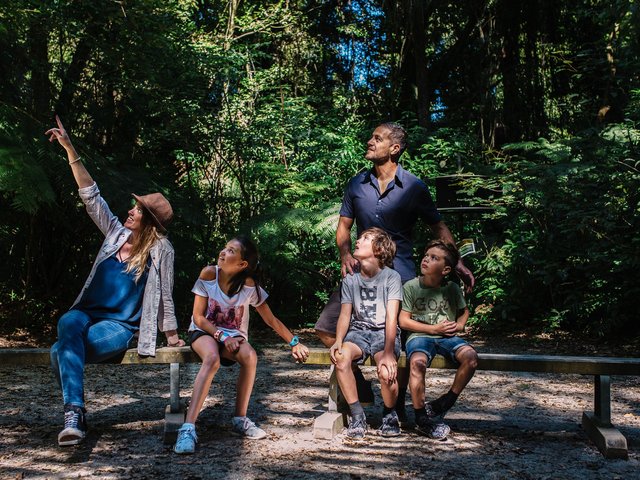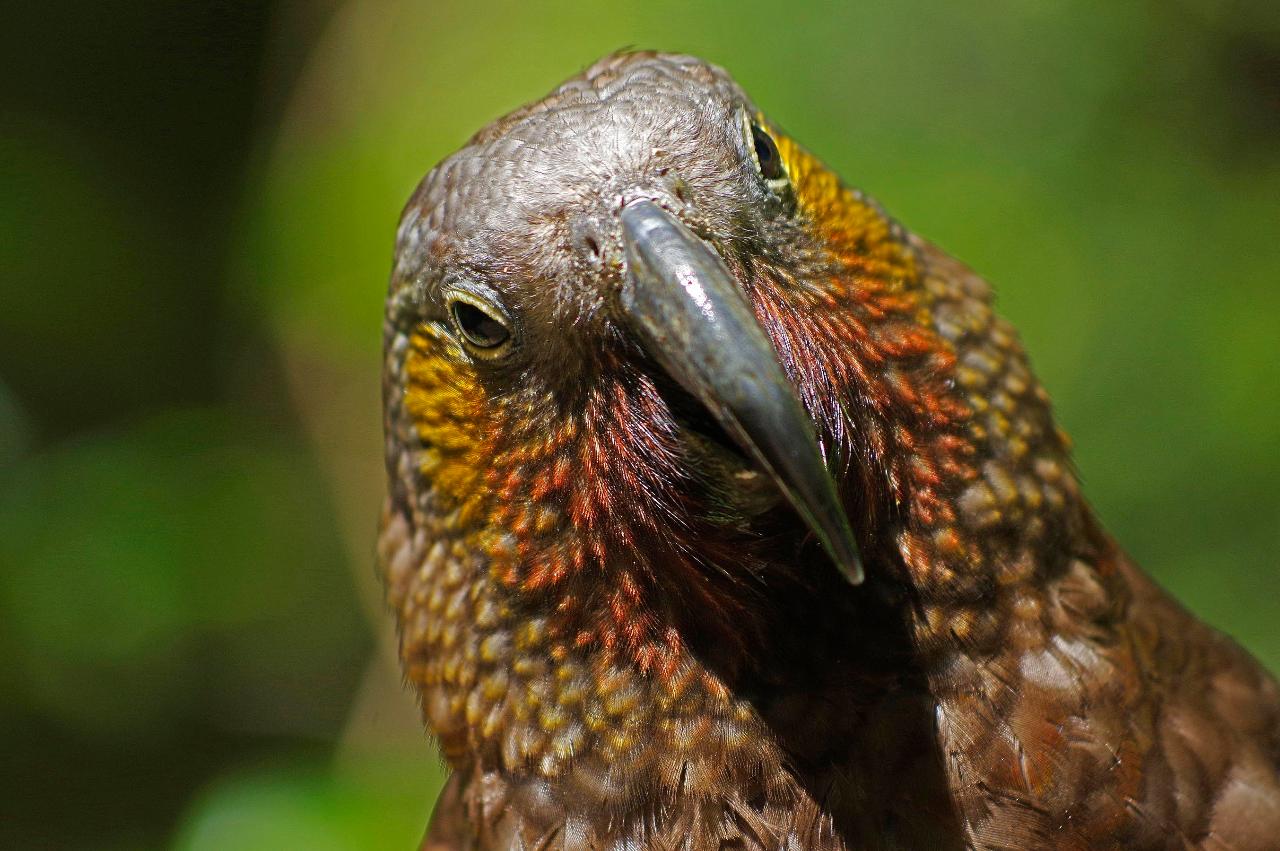Our Wildlife
Being home to some of New Zealand's most endangered species is an incredible privilege... come and see for yourself what the outcomes of a predator free environment looks and feels like.

Book a tour
To get the best experience book a guided tour. Guides will give you a deeper appreciation of the sanctuary, it's history and it's future.












